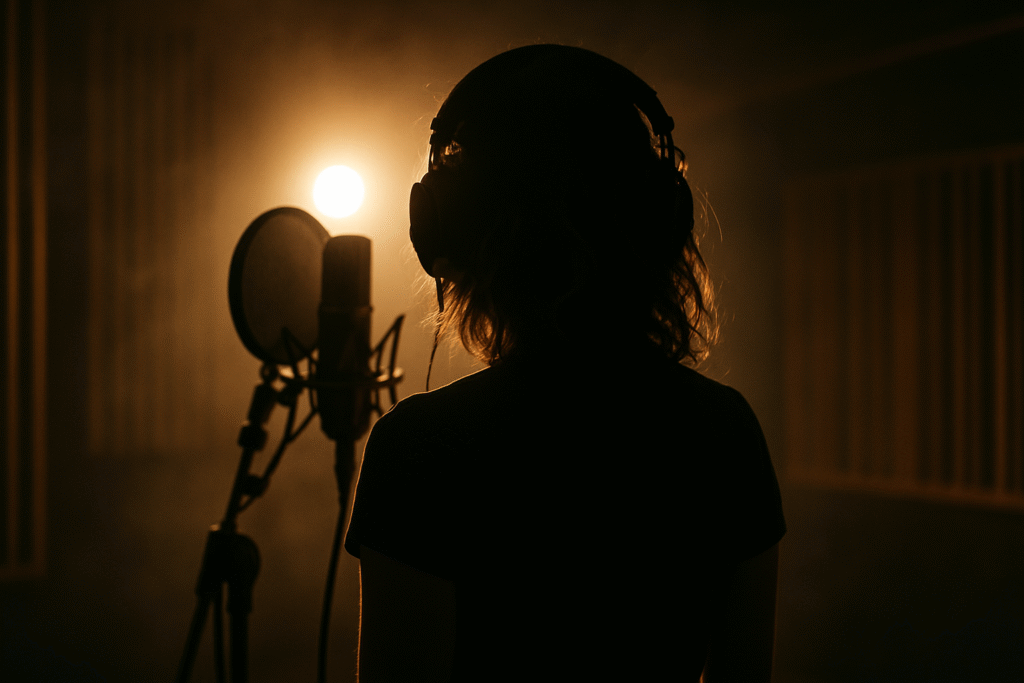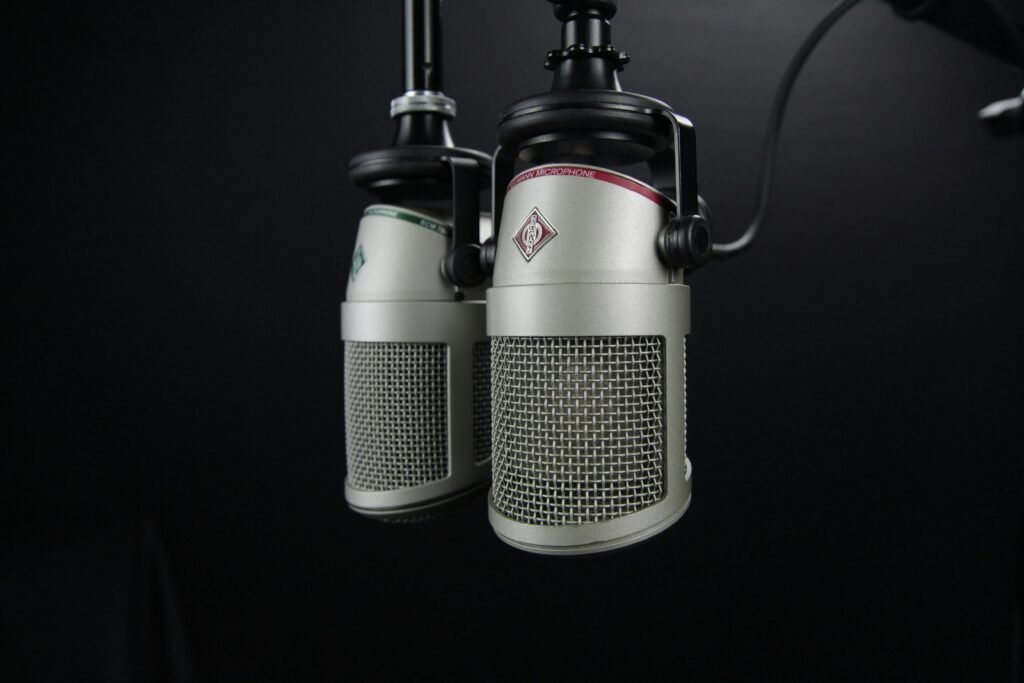
Music production is a very attractive field that pulls in many people for two main reasons: creative freedom and the deep sense of fulfillment you feel when a project is finished. After all, who wouldn’t want to be creative, put a piece of themselves into every track, and leave behind a work they can enjoy anytime they like? That all sounds wonderful, but you wouldn’t be reading this guide if becoming a music producer was easy. It can be demanding at times—yet it is not impossible. A complete producer needs to know music theory, understand all the instruments, feel free to invent melodies with them, and then be able to record, edit, mix, and finally master the song.
In this guide we’ll cover every step a music producer beginner should follow. You’ll learn what music production really includes and see exactly where to start.
Music-Production Roadmap: The Steps Music Producer Beginner Must Follow
Just as in any other craft, music production follows a logical order that helps every project turn out great:
-
- The first step is writing the song and composing the music for it.
You can’t start recording if you have nothing to record, so the song itself is the very first milestone on your path. Don’t hesitate—ask around to see whether anyone you know is already writing songs; you might be surprised to learn that a friend or acquaintance has lyrics hidden in a drawer and is willing to share them. Even better, if you already write songs yourself, grab one of your pieces and dive in.Take the lyrics, sit down at a piano or guitar, and start working out chords while you hum the words. Record every idea on your phone so nothing gets lost. It’s important not to rush this stage: give yourself several days, and return to the same song more than once, because sometimes a night’s sleep gives you a fresh perspective on what you’ve done so far.
When you’ve gathered all your ideas, take the time to assemble the puzzle—shape the melody and harmony that fit the song perfectly. Focus on making sure the music stirs emotion and sets the right vibe: a strong lyric can lift a track, but poor music can just as easily ruin it.
- The first step is writing the song and composing the music for it.
-
- The Next Step: Arranging the Song.
Now you have a song, with melody and harmony—what comes next? The following move for any music producer beginner is to choose the instruments you hear in your head for this track and work out how they fit together, carving out space for each one in the mix.First decide which instrument will carry the song—the one that stands out most and makes the track recognizable—and only then think about the supporting parts. For example, you might pick an acoustic guitar as your lead voice, and then, to round out the picture, add cajon, bass guitar, and piano.
Next, design a groove and an accompanying rhythmic-melodic motif (this motif can be purely rhythmic or purely melodic, depending on the style) that runs through the whole track and gives you a foundation on which to build everything else. On top of that, create—let’s say—a cajon and bass pattern that follows the acoustic guitar in a tight, musical way, and finally find a role for the piano as a subtle layer that doesn’t steal the spotlight but fills out the story with background chords and occasional melodic lines.
That gives you the basic bed you need for the coming stage; further arranging is done in parallel with recording and mixing. You can always come back to this step, just as with the previous one, and make corrections. Mastering is the only point of no return—there’s no more adding or removing after that.
- The Next Step: Arranging the Song.
-
- Recording the Song on Home Studio Setup.
To start, turn on a metronome and set the song’s tempo. Once you have the tempo and home studio setup ready, open your DAW (here’s the best DAW for beginners list), type in that BPM, and record a quick piano-or-guitar guide track together with a rough vocal. Don’t stress about perfect playing or pitch—this draft is only a skeleton you’ll build on and later delete (this step is followed by professionals too, not only music producer beginners). Working to a guide track is far faster and easier than clicking along to a metronome while imagining the vocal in your head.*Remember – you cannot fix the bad recording in the mix, you can only polish the good one. So, this step is very crucial and your project’s final sound depends on it.*
Next, record the core part—in our example, the acoustic guitar. Choose a condenser microphone that suits guitar recording and start tracking. Repeat as many takes as needed until you get one you like. While you record, keep arranging in parallel: sketch transitions, supporting melodic lines, and richer strumming or finger-picking patterns for bigger sections like the chorus and bridge.
When the main guitar is locked in, layer and record all the other instruments the same way. Enjoy this phase and don’t settle for a thin sound thinking you’ll “fix it in the mix.” You won’t. Track each part until it already feels right before mixing—then the mix will lift it to the next level. As always, don’t rush: take breaks, sleep on it, and come back the next day with fresh ears.
After all the instruments are down, move on to vocal recording. Here you’ll find detailed, step-by-step vocal recording and mixing as well as music production basics.
- Recording the Song on Home Studio Setup.
-
- Mixing and Mastering.
At last you have a recorded song, and now the sweetest part begins—mixing the track. Mixing is extremely important, because the way you handle this stage will decide how the rest of your project turns out. The purpose of mixing is not to create something from nothing—that is impossible. The earlier steps are crucial and must be carried out correctly so that the mix itself makes sense.The main goal of mixing is to further polish the recorded tracks for two reasons. First, every instrument and vocal you recorded must sound together in unity, not like separate tracks that jump out on their own—homogeneity is essential. Second, each track’s strong points must be highlighted while its weak spots are reduced or removed.
To start, stick to the three basic effects: EQ, compressor, and reverb. (For additional technical tips on the production side, click this link.)
When you have a mix you are happy with, it is time to export it as a .wav file and move on to mastering. In mastering you apply processing to the entire finished track you just mixed, mainly to glue all the instruments together even more, to further emphasize the song’s character according to the sound you want (you can add extra punch or bring out the musicality of the track), and to raise the loudness of the song to a level that suits streaming platforms—between −8 and −12 LUFS—so that your track is ready for release.
- Mixing and Mastering.
-
- Promotion and Distribution.
You have a finished song, and you’re happy with the product you’ve created. Now it’s time to show it to the world. First, choose a distribution platform such as DistroKid, open an account, and follow the steps to publish your song on all major streaming services. Once you’ve set the release date, take some time to shoot a music video—even a simple one—that matches the character of the track, because a song on YouTube with a supporting video almost always outperforms one without visuals.Next, release the video on the same day your song appears on streaming platforms, and be bold about sharing your work on social media. Send it to all your friends, ask them to pass it along, and be ready to receive praise and admiration for what you’ve accomplished. At the same time, don’t let pride stop you from accepting constructive criticism. Critiques shouldn’t discourage you especially since you are a music producer beginner; instead, ask whether they make sense and are backed by solid arguments. If they are, they can only help you improve. Any criticism that stems from pure jealousy is best ignored.
- Promotion and Distribution.
Extra Tip
Producers who lack experience often flip their priorities upside down. They focus first on mixing and mastering, then on arranging, and put lyrics and music last. This is a huge mistake, and it will shape your future as a producer—for the worse. Remember: even the best arrangement cannot save a bad lyric or weak melody.
Follow this music producer beginner guide and start by making sure the song itself is strong and worth recording. Ask what message the lyric sends, what emotions it stirs, and whether people can connect with it. Next, craft music that matches the quality of the words: does it hold attention, or does it feel dull? Music should not exist only to “carry” the lyric, and a lyric should not exist only so music can play; each must stand on its own, and together they should create something special.
Once you have a solid lyric and engaging music, move to the arrangement. Make sure the instruments and how you use them support the song instead of stealing attention from it. Only then do you tackle mixing and mastering to give everything a final polish.
Conclusion
Music production is a long, demanding process that calls for knowledge and many different skills. Yet it also offers a deep reward once the work is done. It gives you a way to send a message to the world, because music has always stirred our strongest emotions. It is with us when we are happy, sad, excited, or even empty—every day, people reach for music and celebrate it. This music production basics guide for the music producer beginner is a map you can use on your own production journey. So move forward, and do not be afraid—step out with courage!
God bless, and happy producing!



